Higher classification Lycaena | Scientific name Lycaena hippothoe Rank Species | |
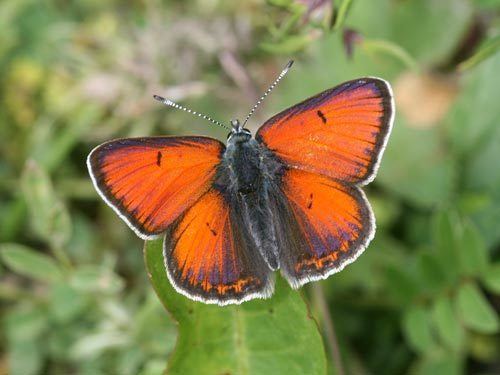 | ||
Similar Lycaena, Butterflies and moths, Scarce copper, Mazarine Blue, Eumedonia eumedon | ||
Purple edged copper lycaena hippothoe
Sub-species
Subspecies include:
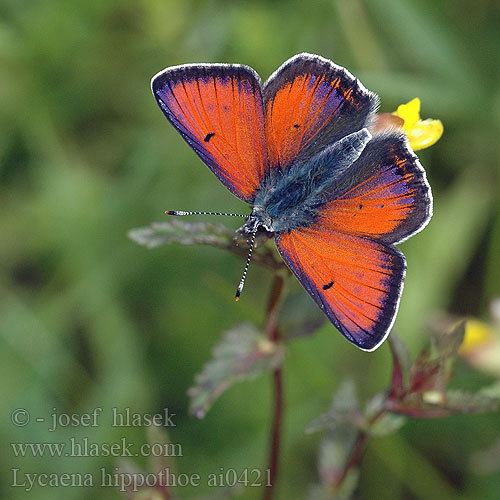
Lycaena hippothoe eurydame is considered by some authors a valid species with the name of Lycaena euryname.
Distribution
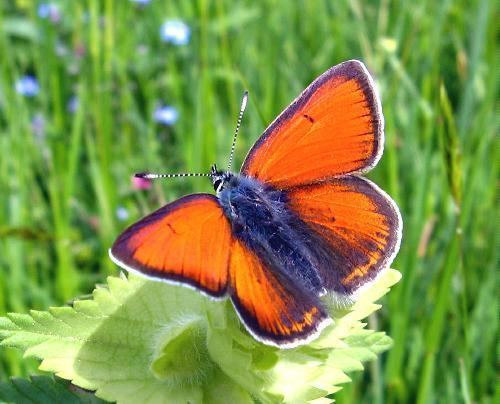
This species is present in the Western Europe and in Siberia up to the region of the river Amur.
Habitat
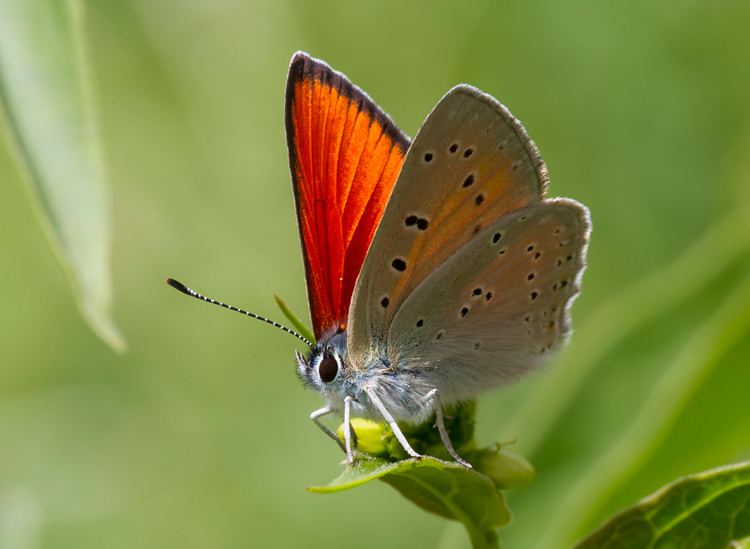
It inhabits forest edges, swampy and damp meadows, clearings and river banks, at an elevation of 400–1,800 metres (1,300–5,900 ft) above sea level.
Description
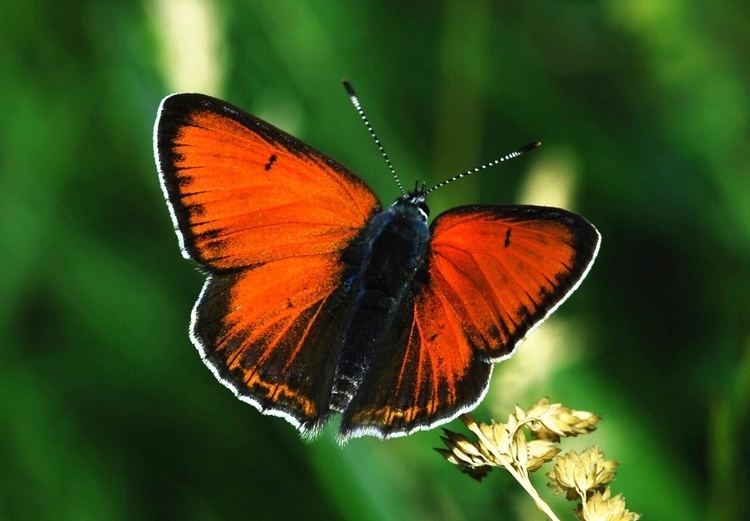
Lycaena hippothoe can reach a wingspan of 34–38 millimetres (1.3–1.5 in). The upperface of the wings is deep orange-red in males, with a brown or purple edging (hence the common name). The spots in the forewing post discal row form an arc. The female's appearance varies between subspecies, they are usually very dark brown, with brown spots on the forewings. The underside is virtually the same in both sexes. It is light orange and light brown with brown-black spots surrounded by white. The larvae are green and grow up to 20 millimeters long. This species is rather similar to Lycaena alciphron and Lycaena virgaureae.
Biology
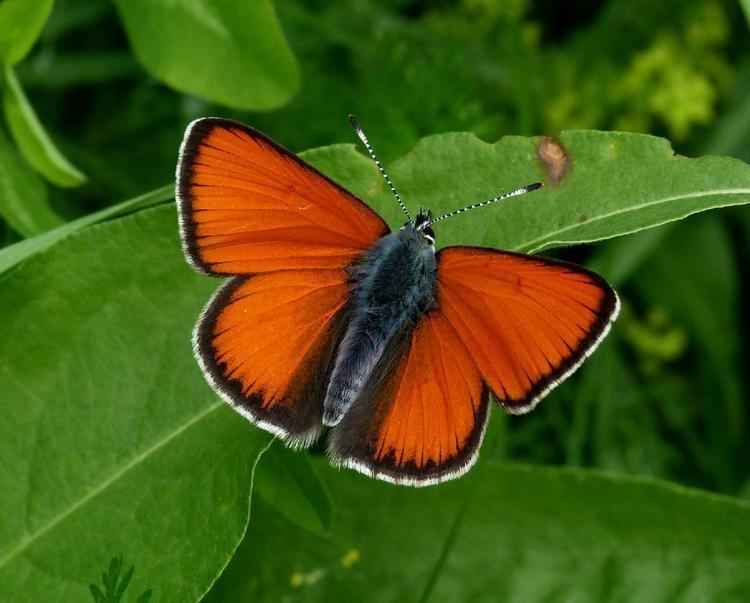
This species has one generation in June in northern and eastern Europe, two generations in May and then in July in southern Europe. Females lay eggs individually by June-July. Caterpillars feed on Rumex spp. (mainly on Rumex acetosella, Rumex acetosa, Rumex hydrolapathum, Rumex confertus) and Polygonum bistorta. Caterpillars hibernate after the first molt. They pupate on the ground. Adults fly from June–July to September.

